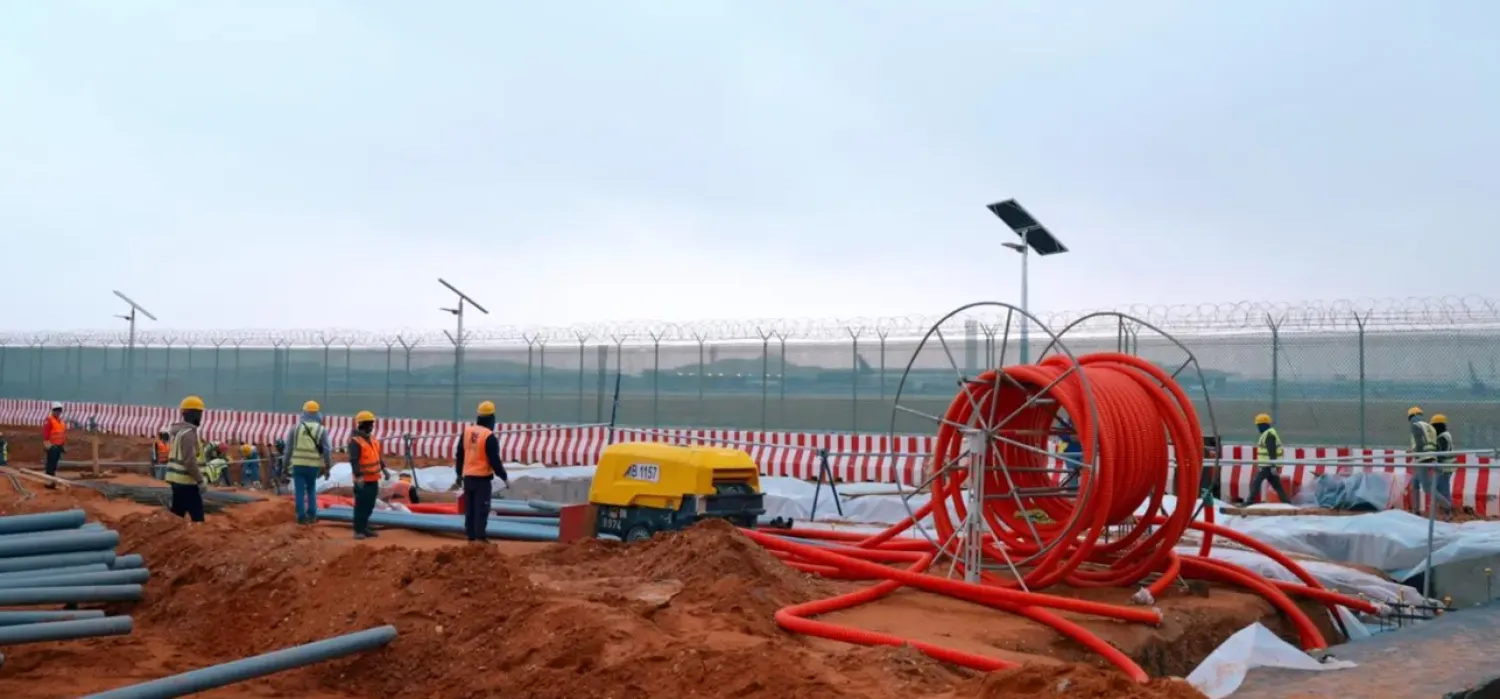The dollar held firm on Monday, while the euro traded around more than one-month lows, as political turmoil in Europe ramped up the level of uncertainty among traders, while investors awaited more data to gauge the strength of the US economy.
Investors have been contemplating the risk of a budget crisis at the heart of the euro area, as far right and leftist parties gain momentum ahead of France's snap parliamentary election, pressuring President Emmanuel Macron's centrist administration.
Even after the French financial markets endured a brutal sell-off late last week, European Central Bank policymakers have no plans to discuss emergency purchases of French bonds, five sources told Reuters.
The euro eased 0.1% to $1.0699, after falling to its lowest since May 1 at $1.06678 on Friday. The currency also logged its biggest weekly decline since April at 0.88% last week.
"With traders wanting certainty, this may not come until after the second-round vote (July 7), so the prospect of further downside in French and EU markets is real," Chris Weston, head of research at Pepperstone, said.
The dollar index, which tracks the US currency against a basket of six others, held around its highest since May 2, driven mostly by weakness in the euro.
The single European currency "accounts for around 57% of the US dollar index weighting, the fall of the euro has indirectly benefited the dollar,” said Matt Simpson, senior market analyst at City Index.
Minneapolis Federal Reserve President Neel Kashkari said on Sunday it was a "reasonable prediction" that the US central bank would cut interest rates once this year, waiting until December to do it.
The Fed published updated projections last week that showed the median forecast from all 19 US central bankers was for a single interest rate cut this year.
LIGHT WEEK FOR DATA
This week is light on major US economic data to help clarify the Fed's outlook, although US retail sales on Tuesday and flash PMIs on Friday may give hints about consumption and economic strength.
"Data would likely have to miss estimates by a wide margin to rekindle bets of more Fed cuts, with the FOMC meeting still freshly in the minds of investors," said City Index's Simpson.
Sterling fell 0.1% to $1.267. Britain's inflation pressures still appear too hot for the Bank of England to cut rates at its June 20 meeting, with a majority of economists polled by Reuters forecasting the first cut would not come until Aug. 1.
Meanwhile, the yen remained pinned near a 34-year low against the dollar after the Bank of Japan on Friday pushed cuts to bond buying amounts and details of its tapering plan to its July policy meeting.
Governor Kazuo Ueda said he would not rule out raising interest rates in July as weakness in the yen pushes up import costs, although that may not be the hawkish statement that some took it to be, said Hiroyuki Machida, director of Japan FX and commodities sales at Australia & New Zealand Banking Group.
"The sense was that raising rates and tapering are two separate things" that the BOJ would decide whether or not to do based on different criteria, he said.
The yen steadied at 157.49, after slipping to 158.26 after Friday's decision, its lowest since April 29.
The yen's decline to 160.245 per dollar at the end of April triggered several rounds of official Japanese intervention totaling 9.79 trillion yen. In cryptocurrencies, bitcoin was last up 0.7% at $66,220, while ether fell 1.2% to $3,553, according to LSEG data.









